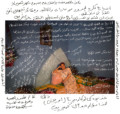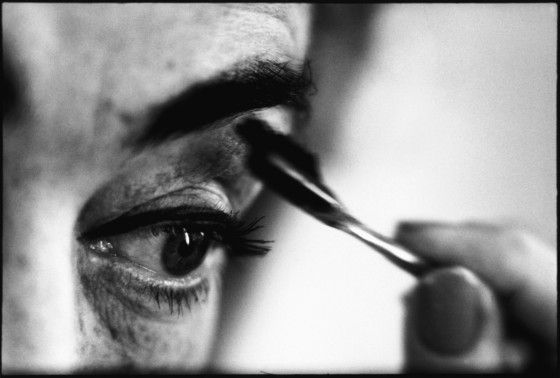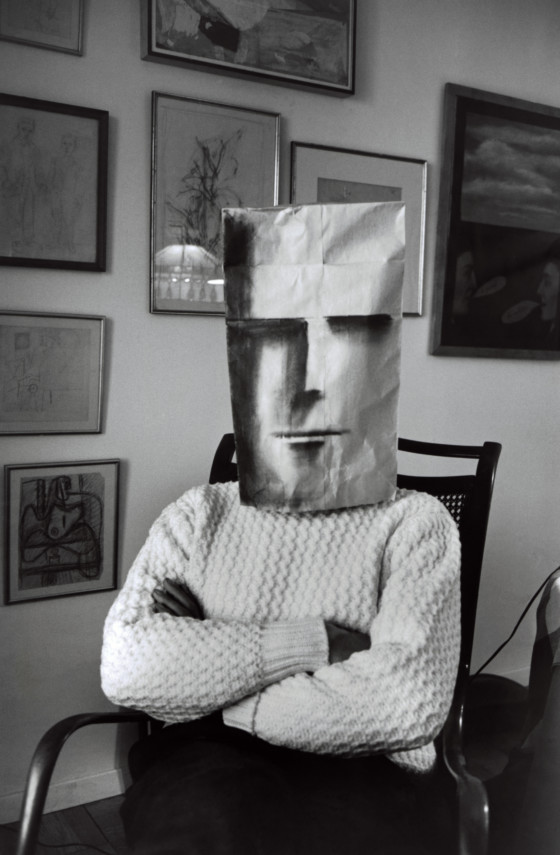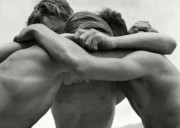Magna Brava Ongoing
As the group show is reimagined for a new generation, women photographers of Magnum discuss the role of the all-female show
Magnum Photographers
This year, more eyes than ever are on the work of Susan Meiselas. Several exhibitions offer a career-spanning view of her practice, such as the current Jeu de Paume blockbuster, Mediations, which opened in Barcelona, is currently on show in Paris, and will travel to San Francisco later this year. Others present singular, seminal bodies of the photographer’s work, such as New York’s Danziger Gallery’s exhibition of Carnival Strippers.
In keeping with Meiselas’ collaborative and inclusive approach, which informs her documentary practices and is embodied in her involvement with the Magnum Foundation, the photographer chose to utilize an opportunity to curate a show at Magnum’s Paris gallery to shine a spotlight on the work of her fellow female photographers within the agency. Although the unpacking of gender issues, discrimination and privilege goes far beyond the binary, this show aims to address the lack of visibility of women photographers.
Meiselas took the cue from her Magnum forebear Eve Arnold, whose idea it was to do the first Magna Brava show in 1999. Following the success of her solo show at the Scottish National Gallery in 1997, she was asked to suggest another exhibition and decided to use the opportunity to shine a light on her female colleagues. “I suppose I chose to respond as Eve did 30 years ago. When launching my Jeu de Paume show in Paris, I thought that a smaller show celebrating ‘Magna Brava Ongoing’ would be a perfect complement at the Magnum Gallery. It expresses legacy and shares the vitality of diverse voices amongst us.”
The idea of single-sex shows like this can be a divisive one, with arguments around the role of positive discrimination often sticking points for debate. Whether the shows are needed, unnecessary, helpful or not, is something that splits opinion across the photography and art world- and beyond. There remains an obvious disparity between the sexes in many fields, photography included, and questions about how to correctly address gender issues, and more comprehensively their intersections with race and class (intersectionality) are raised.
"I wish for a time when we no longer need to have this conversation."
- Bieke Depoorter
Women photographers in Magnum are in agreement that the focus should be on the work they have created, rather than on their gender, hoping for a future without such categorisations. “I wish for a time when we no longer need to have this conversation”, says Bieke Depoorter, who became a full Magnum member in 2016. Nonetheless, Meiselas’ thoughtful response to Arnold’s Magna Brava makes Depoorter feel a sense of history and community that comes with being part of the Magnum collective.
“I do think that many of us don’t see this show as a female-only show, but more as a place to share. We have already had many conversations about this topic, and I feel that the focus should be the links between our work, more than us being women. I think it’s obvious that it’s about much more than that in the show,” says Depoorter.
The work is as broad and diverse as their myriad perspectives. Alongside Eve Arnold’s portraits of late Hollywood icon Joan Crawford at home, which are outstanding in their intimacy and revelations of vulnerability, are Inge Morath’s experimental collaborations with artist Saul Steinberg. Then there are photographs from Carolyn Drake’s Internat, created in Ukraine, Newsha Tavakolian’s portraits of contemporary Iran, Susan Meiselas’s famous work inside high-end sex club Pandora’s Box, Olivia Arthur’s glimpse inside the private worlds of Saudi women, Bieke Depoorter’s work exploring the intimate world of women in the privacy of their homes, Diana Markosian’s portrait of a young girl swimmer, and Cristina de Middel’s surreal fusing of man and machine. In addition to the prints, historic publications of the work of Cristina Garcia Rodero, Marilyn Silverstone and Martine Franck are also on display.
Alessandra Sanguinetti concurs that her first thought was that she’d love the focus to be on the work and not on the fact the photographers in the show are all women, but acknowledges they play a role in raising the profile of women photographers in a male-dominated industry. “In all- or mostly- male shows or events it goes unnoticed, or at best someone scrambles to include one or two women for diversity’s sake,” she points out, “but interestingly when a show happens to be all women it becomes about identity and gender politics, even if the work is not around this theme at all.” But as long as this continues to happen in the art and photography world, she argues that it’s important to have shows where women are the majority “until it becomes as natural and unremarkable as an all-men or mostly-male show.”
"I see that this project is driven out of a personal appreciation of community and a wish to highlight the real, ongoing participation of women in a field that has often been criticized for its lack of diversity."
- Carolyn Drake
Magnum associate Carolyn Drake also points out how the artifice of single-gender shows can be problematic, but acknowledges they have a role to play in the current photographic landscape. “Over the last four years I have received a steady stream of requests to participate, as a volunteer, in shows, talks and publications dwelling on the phenomenon of ‘women in photography’. It sometimes makes me feel like I’m being used in a PR campaign, especially when the event is instigated by a historically male organization, but I read Susan’s Magna Brava plan very differently. I’ve gotten to know Susan a bit, and I see that this project is driven out of a personal appreciation of community and a wish to highlight the real, ongoing participation of women in a field that has often been criticized for its lack of diversity. I saw it as a thoughtful steering of attention rather than a mission to prove something, so I was pleased to participate.”
While she looks forward to a future where such events are not necessary, Iranian associate Newsha Tavakolian recognizes that collective action “can be a step forward in order to regulate these actions”. “Sadly women are a minority in the photographic world,” she says. “and I think it’s imperative to be a part of an all-women show to support one another’s work. Perhaps there will be a point when the balance is equal, and the conversation will have shifted, but until then, it’s necessary to come together collectively.”
There is a serious problem with regards to underrepresentation of women in photography, and the arts in general, agrees Magnum nominee Cristina de Middel, so “any platform that provides more visibility is always welcome”. The photographer expands to explain why the issue is, for her, much bigger than increased visibility of women photographers, but also encompasses the representation of women as a subject. “The way photography portrays women is a huge battlefield that needs to be addressed,” she says.“Either by giving more of a voice to women, or by providing new angles to tell stories about woman-related content. There is still a lot of work to be done… and it needs to be done by all genders. This is not only a woman´s problem.”































